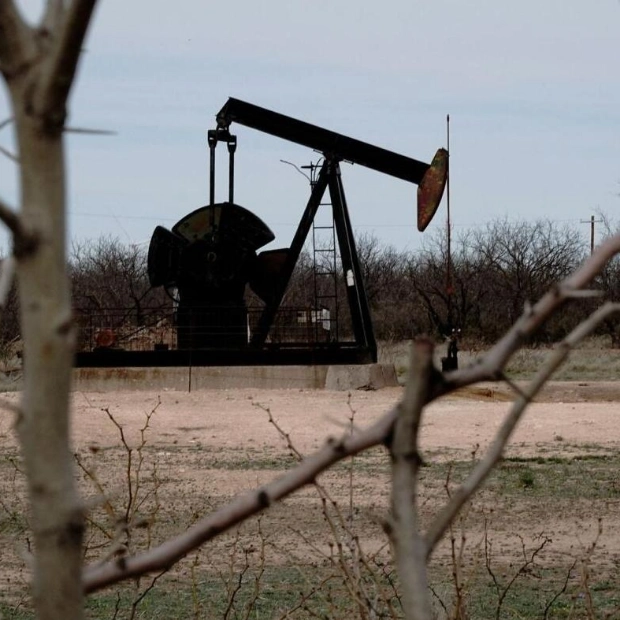Torrential rains and surging rivers have claimed at least nine lives in northeast India and neighboring Bangladesh, according to disaster officials on Thursday. Over three million people have been affected by the heavy downpours. While heavy rainfall typically leads to widespread damage annually, experts note that climate change is altering weather patterns and intensifying extreme weather events. In Assam, one of India's northeastern states, disaster authorities reported eight fatalities in the past day, raising the total death toll since mid-May to 46. More than 2,800 villages in the state are underwater, affecting over 1.6 million residents. Assam's Chief Minister, Himanta Biswa Sarma, attributed the current crisis to heavy rains in Arunachal Pradesh, India's upstream state, stating that human intervention cannot halt the deluge. In Bangladesh, which lies downstream from India, the disaster management agency reported that floods have affected approximately 1.8 million people and warned of rising waters over the next three days. A 21-year-old man perished after being swept away by floodwaters while fishing. The summer monsoon delivers 70-80 percent of South Asia's annual rainfall, often resulting in flooding and landslides that cause death and destruction. Although the monsoon's rainfall is challenging to predict and varies significantly, scientists observe that climate change is making the monsoon more powerful and unpredictable.

Text: Lara Palmer
04.07.2024
Climate change intensifies monsoon impacts, leading to widespread destruction and fatalities





